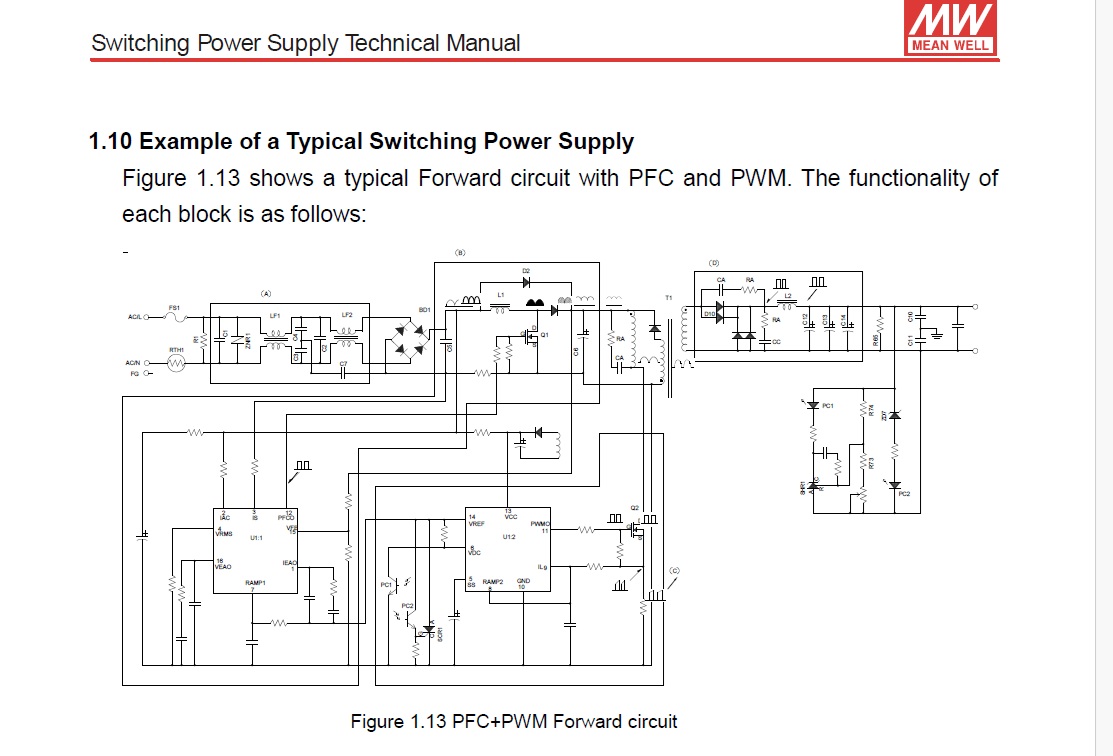110vac here in Québec has black and white wires. Which is N, which is L?
110vac here in Québec has black and white wires. Which is N, which is L?
My Creality Ender 3 S1 Plus is a giant paperweight that can't even be used as a boat anchor, cause I'd be fined for polluting our waterways with electronic devices.
Not as dumb as yesterday, but stupider than tomorrow!
Hmm, won't let me edit.
I assume L is load (black wire connected to breaker), N is neutral (white wire to common bus bar).
Just wanna make sure.
��
My Creality Ender 3 S1 Plus is a giant paperweight that can't even be used as a boat anchor, cause I'd be fined for polluting our waterways with electronic devices.
Not as dumb as yesterday, but stupider than tomorrow!
in general... in US and I see in Canada..... L is for live or line..........(ps... don't kill yourself, or your dog)
.
.
Quick Answer: What Does N and L Mean in Wiring?
L (Line / Live / Hot): The conductor that carries voltage from the power source to your device. It can cause electric shock if touched.
N (Neutral): The return path that completes the circuit back to the source. In the U.S., neutral is bonded to ground at the main service but must be kept isolated from ground on branch circuits and subpanels.
It really doesn't matter as long as you connect 110V across the L & N connections.
Here in Sweden, we use Schucko connectors for 230V outlets and they're not polarised so depending on which way around you insert the plug live/neutral would be switched. The connected load doesn't care one bit and it doesn't make any difference. Some audiophools might not agree but lets not go there.
Now, with 3-phase it's obviously another story but that's not the case here.
really really bad adviceIt really doesn't matter as long as you connect 110V across the L & N connections
It really does matter how you connect 110V across the L & N connections if you live in a country that has a grounded neutral. while your device may function either way, there is no guarantee any of the safety devices employed in it still will and any poor sucker who comes along later to service the unit might get a rather nasty or fatal surprise due to an active neutral swap.
if you don't know don't mess with it .
Warning I'm not a teacher
Neutral and ground/earth are of course bonded here, in fact the incoming feed is usually 4-wire, three phases and a combined neutral/earth conductor (TN-C).
Again, there is absolutely NO WAY I can/could make sure that neutral will in fact be connected to N on single phase device that's meant to be plugged into an outlet since it depends on which way around the user inserts the plug. It makes zero practical difference for the device.
Now, if you DO have a polarised connector then there are benefits of doing "it right", if you have a single phase switch for example you are certain that you're breaking the phase so the device is safe - not that I recommend relying on it of course.
Show me a single phase device that doesn't work or becomes dangerous if you swap L & N.
I agree with Henrik. It will be dangerous to sell devices that depend on the connection of the plug since in Europe there is no way to know where is Live and where is Neutral.
So, regarding the SMPS that Robert posted, I think the main reason for this marking is to dsitiguish fron earth connection. I doubt that internal circuit has any difference in either line L or N, in regard the earth (chassis).
Have reverse engineered such SMPS and is a typical differential EMC filter with capacitors to ground. So can be connected either way.
Ioannis
you can believe that. i wont argue over quaint international power receptacles, i believe if the terminals are clearly marked line and neutral and there is a line fuse in the device then that is the way its safest to use itI doubt that internal circuit has any difference in either line L or N, in regard the earth (chassis).

Last edited by richard; - 8th September 2025 at 06:34.
Warning I'm not a teacher
Your point about the fuse is very reasonable. But great part of the world on the wall plug does not have a mark about that (this is serious but this is how it is...).
It is not a matter of aguing who is wrong or right. Sure having a fuse on the L input makes sense and on some cases protects the user. But...
Ioannis
Bookmarks